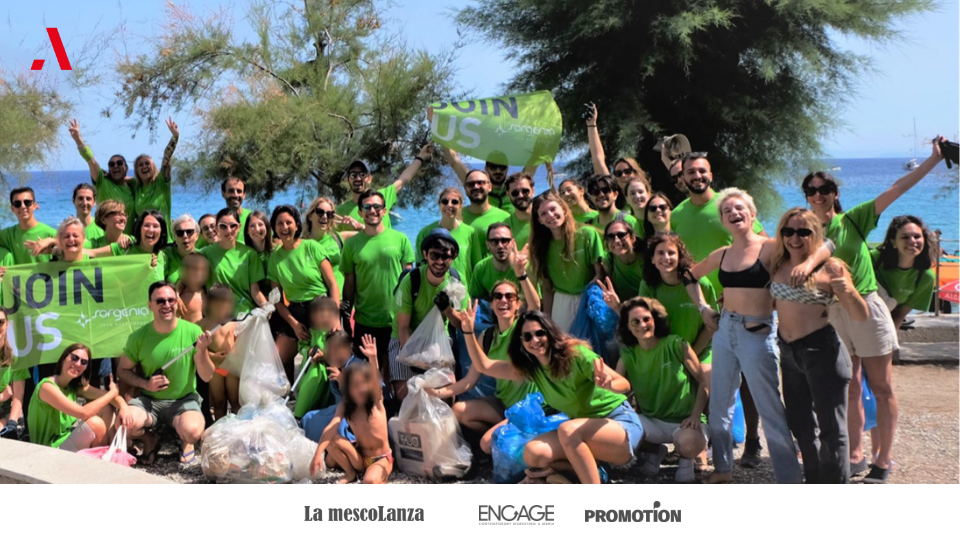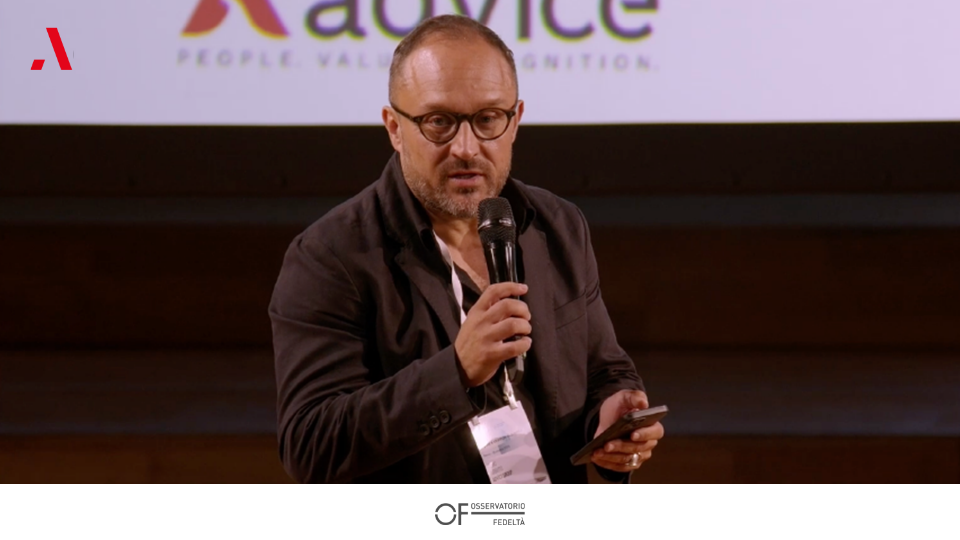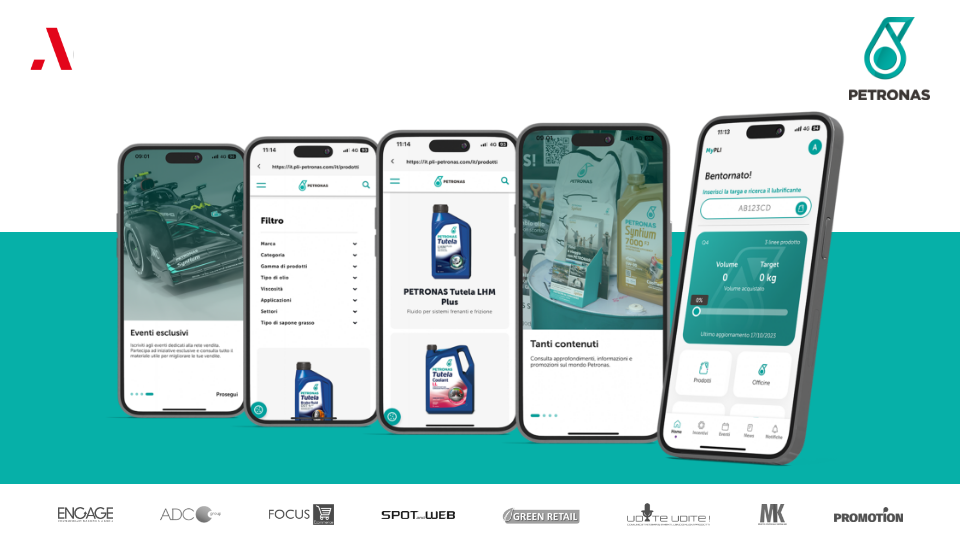A gigantic BIG BANG in digital marketing is coming that will give rise to the first walled gardens in Italy
There is no going back, the collision is imminent. The world of digital marketing is about to undergo a profound revolution dictated by three trends that will impact the way we do engagement and lead generation.

The cookie apocalypse is on its way; the first tests on eliminating cookies as systems for tracking navigation and user preferences will be started at the beginning of 2024 and will impact advertising retargeting activities.
Will this be a good thing or a bad thing, given that people are increasingly talking about advertising overload? Recent research conducted by Nielsen, Ainem, and Ipsos indicates that on average, we are exposed to over 33,000 advertising messages per day. As the exposure is involuntary and the messages are often not relevant, conflicting feelings are triggered more and more frequently, resulting in avoidance by the public.
These phenomena ultimately add up to what we call social fatigue. In Italy, over 2 billion euros were invested in social media in 2023 alone, but audience engagement rates are falling. The fatigue is driven by the decrease in trust towards the owners and operators of platforms where language and content are increasingly perimeterised and partly limit people's freedom of expression.
No less relevant is the fact that companies' marketing budgets are shrinking, falling from 12% to 9% in the post-pandemic period, alongside a call to diversify investments beyond digital advertising and make the martech solutions already introduced in the company profitable.
These trends will impact the entire corporate communication ecosystem, from advertising to loyalty, and it is therefore a good idea to evaluate synergistic actions between the various departments to turn critical issues into opportunities.
What are walled gardens and why can't you do without them?
Like any Big Bang, this collision could also give rise to new opportunities.
They are called walled gardens: these are protected digital environments owned by a brand, within which both the methods for relating to the public and also the communication approach to be adopted with customers, prospects, or stakeholders are chosen. Underlying these ecosystems is a deep trust between the brand and the customer, which leads to the collection of first- and second-party consensual data, which is necessary to start a medium-long term relationship.
Walled gardens encompass the company's brand community, engagement tools, and loyalty strategy in a single tool. They are, in fact, integrated with the corporate touchpoint ecosystem and use content as the main activators of the relationship, thus building a bi-directional and consensual relationship of trust with the user. A walled garden becomes, to all intents and purposes, a media hub, where you can build and plan communications that will engage customers and prospects, a distinctive element compared to a simple loyalty programme.
These new environments meet different needs:
- generating trust between the brand and its stakeholders
- working on a medium-long term relationship, not just on the initial engagement
- stimulating retention and therefore making the relationship profitable
- collecting first- and second-party information in a consensual manner
- always promoting relevant and salient communications, limiting avoidance
- bringing together and building synergies between the world of media and the world of loyalty.
Designing a walled garden is a response to the recent concerns of marketing managers: on the one hand, it allows you to collect consensual information that guarantees a proper dialogue between the brand and the individual, and on the other hand, the tool itself becomes a monetisable corporate asset for lead generation activities through co-marketing with other brands. Finally, it becomes a real media hub to stimulate user retention. This overcomes the difficulties of a cookieless world and opens the doors to more effective engagement and more lasting relationships.
Be Iren, Snaifun, and Sporters: the first walled gardens in Italy
Each walled garden has a different shape, based on the objectives and positioning of the brand. Each company chooses which activators to include within its walled garden: whether to use gamification, promote educational masterclasses or challenges between users, or extend the project to the entire company ecosystem.
Be Iren, the walled garden of the Iren Group, is an extreme example of a walled garden that involves many corporate departments and companies in the Group in a single project for dialoguing with and giving value back to end customers and stakeholders. In addition to electricity and gas services, it also includes payment, financial, and banking services, electrical products, VAS, and events, as well as the entire loyalty strategy based on the values of sustainability, culture, and local focus. The latter is based on an editorial project that involves more than 30% of the customer base on a weekly basis. Be Iren is just one example of the application of this model; each brand has to design its own project, tailoring it to its needs.











